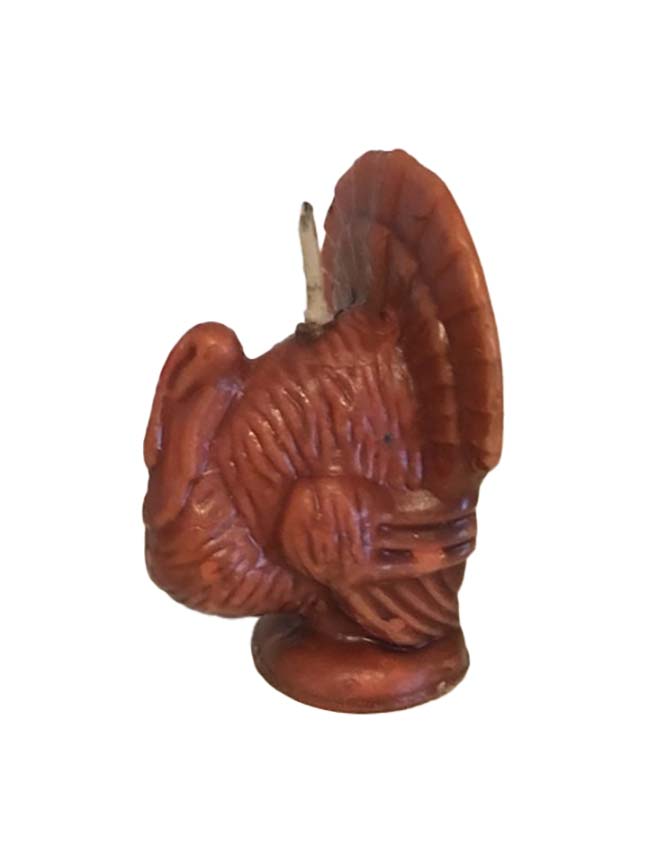
Dorri Partain
Contributor
To light or not to light?
Whether displayed on the mantle or the Thanksgiving dinner table, these decorative candles were certainly too cute to burn. Manufactured by the Gurley Novelty Company of Buffalo, N.Y., these figural candles were also produced for Christmas, Halloween and Easter as inexpensive holiday decorations.
Chemical engineer Franklin Gurley first began making shaped candies, chocolates and wax novelties in 1927 as W & F Manufacturing. In 1939, he was approached by the Socony-Vacuum Oil Co. when they were looking for a product to use the excess paraffin that was produced during the oil refining process. A line of decorated candles was the end result, which were marketed under the Tavern label. Ten years later, Gurley purchased the Tavern line and changed the company’s name to Gurley Novelty Company.
Molded figures for Thanksgiving included pilgrim and Indian boys and girls, turkeys large and small, and Mayflower ships. The basic color was then decorated with additional colors of wax to highlight the details.
At the local 5 & 10 cent stores, single three-inch tall candles originally sold for 10 cents, with sets of 2 for 29 cents, and sets of 3 for 49 cents. A Thanksgiving set included a turkey, along with boy and girl pilgrims. While each figure contained a wick, and could be burned, their purpose was more decorative than practical, as their features would quickly become distorted if lighted.
During the company’s peak production years, the factory’s tanks stored 20,000 gallons of paraffin.The company began its slow decline after the oil shortage of 1982, when the cost of paraffin soared, followed by Gurley’s death in 1983 at age 93. Citing rising labor and material costs, along with overseas competition, the factory shuttered in 1994.
















